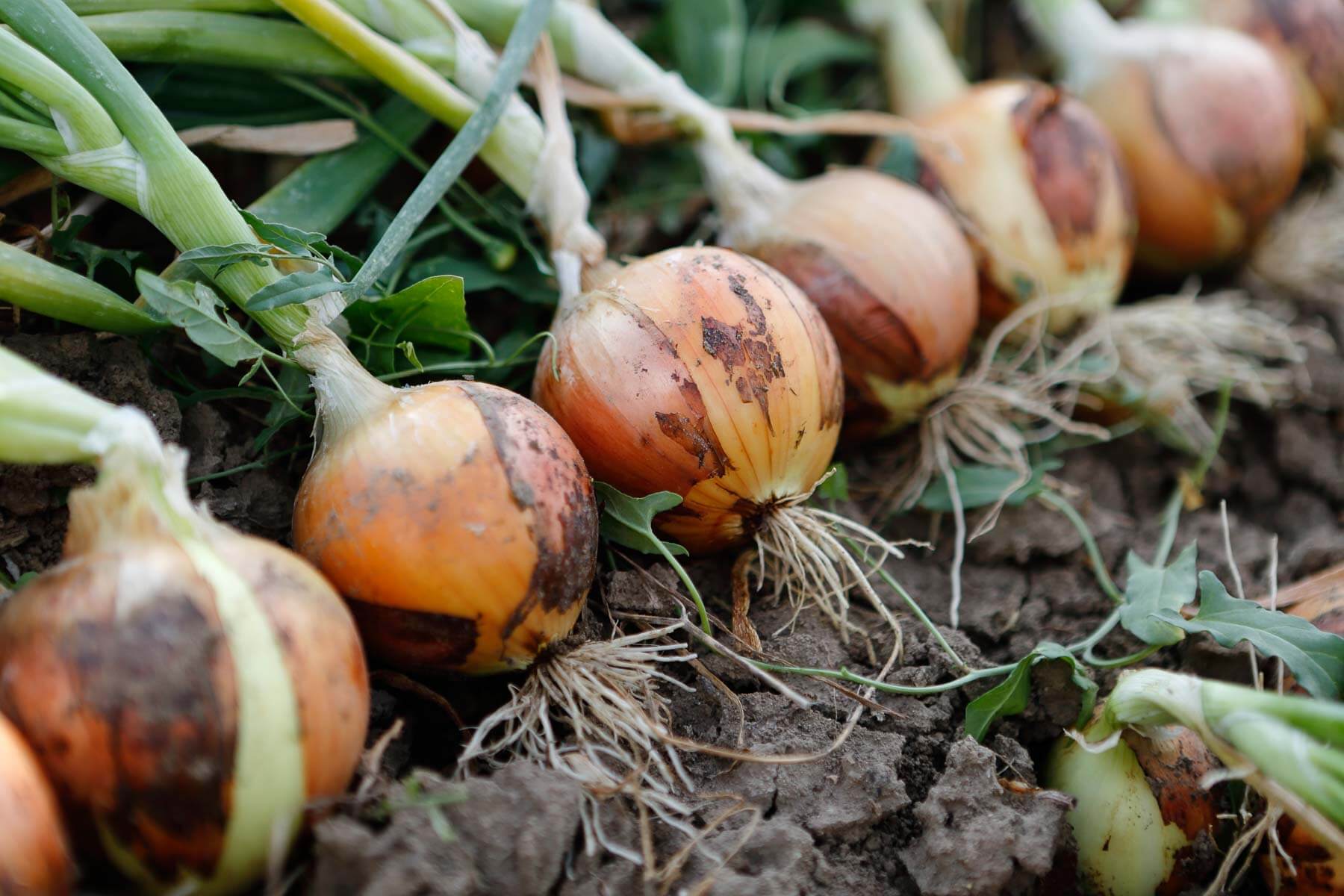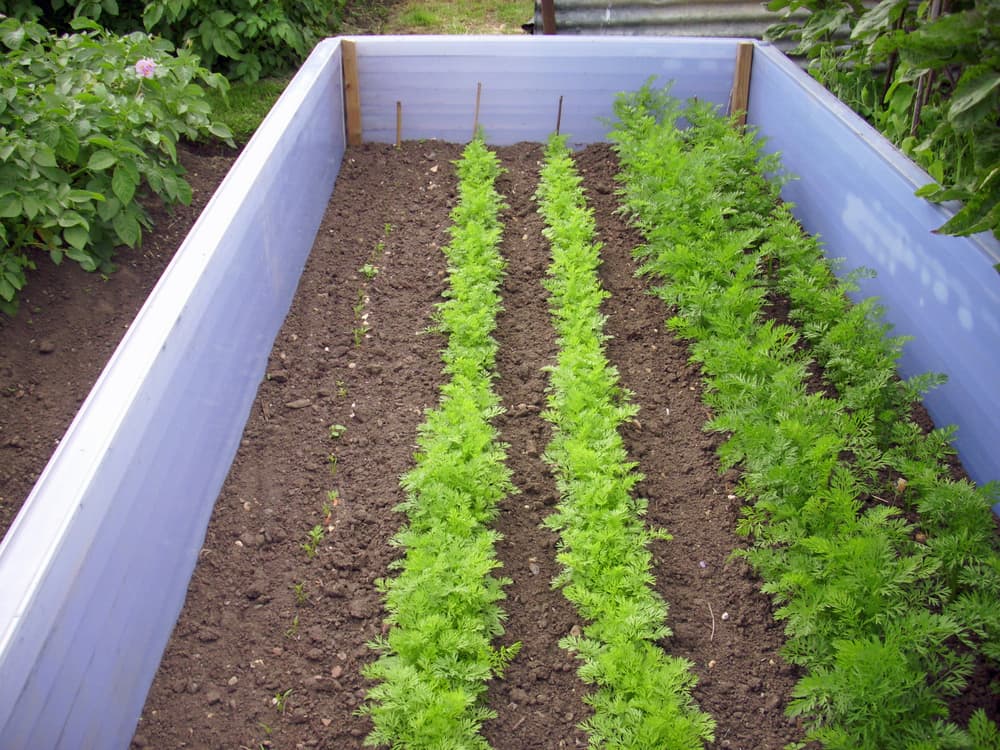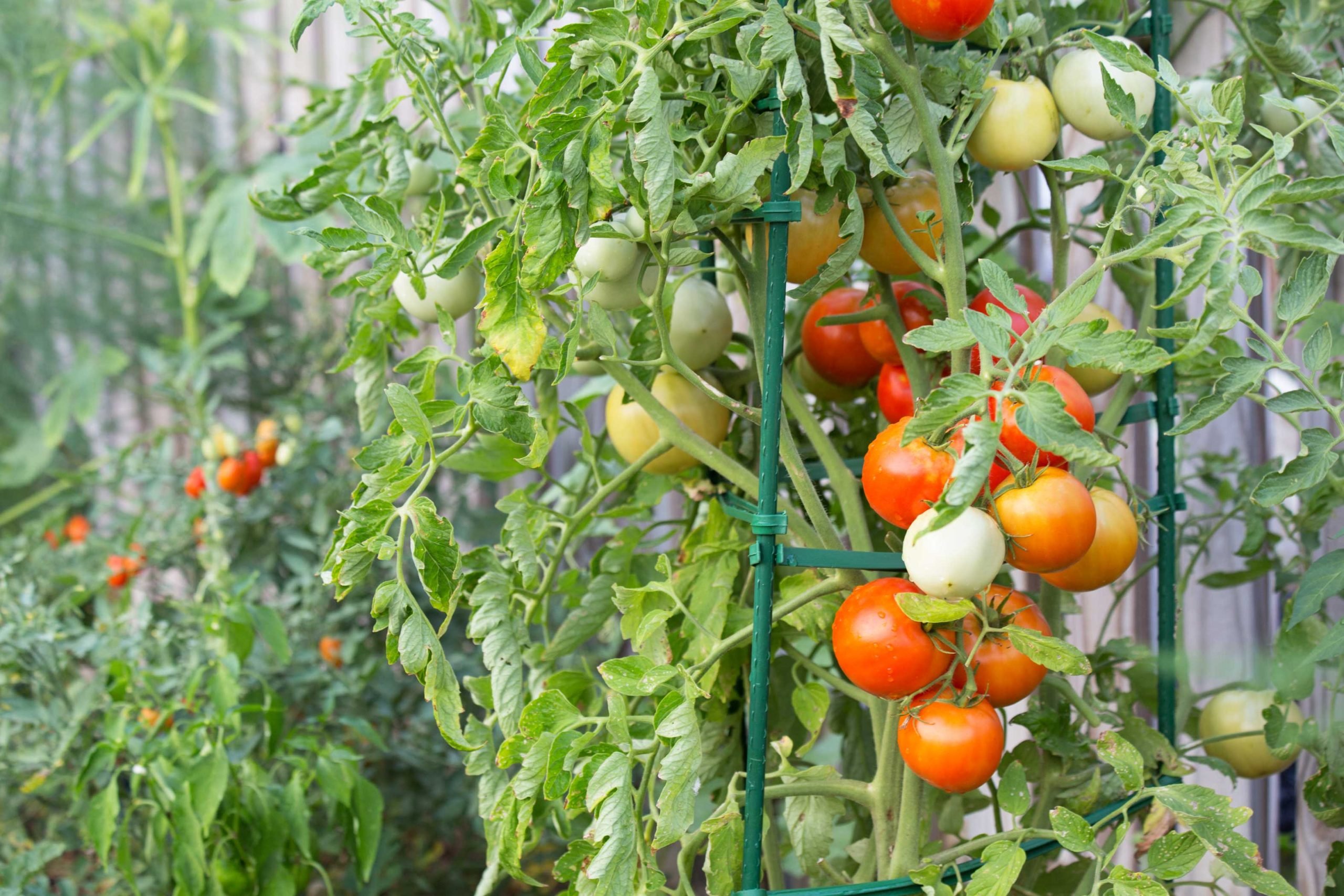Everything You Need to Know for Growing Spinach in UK
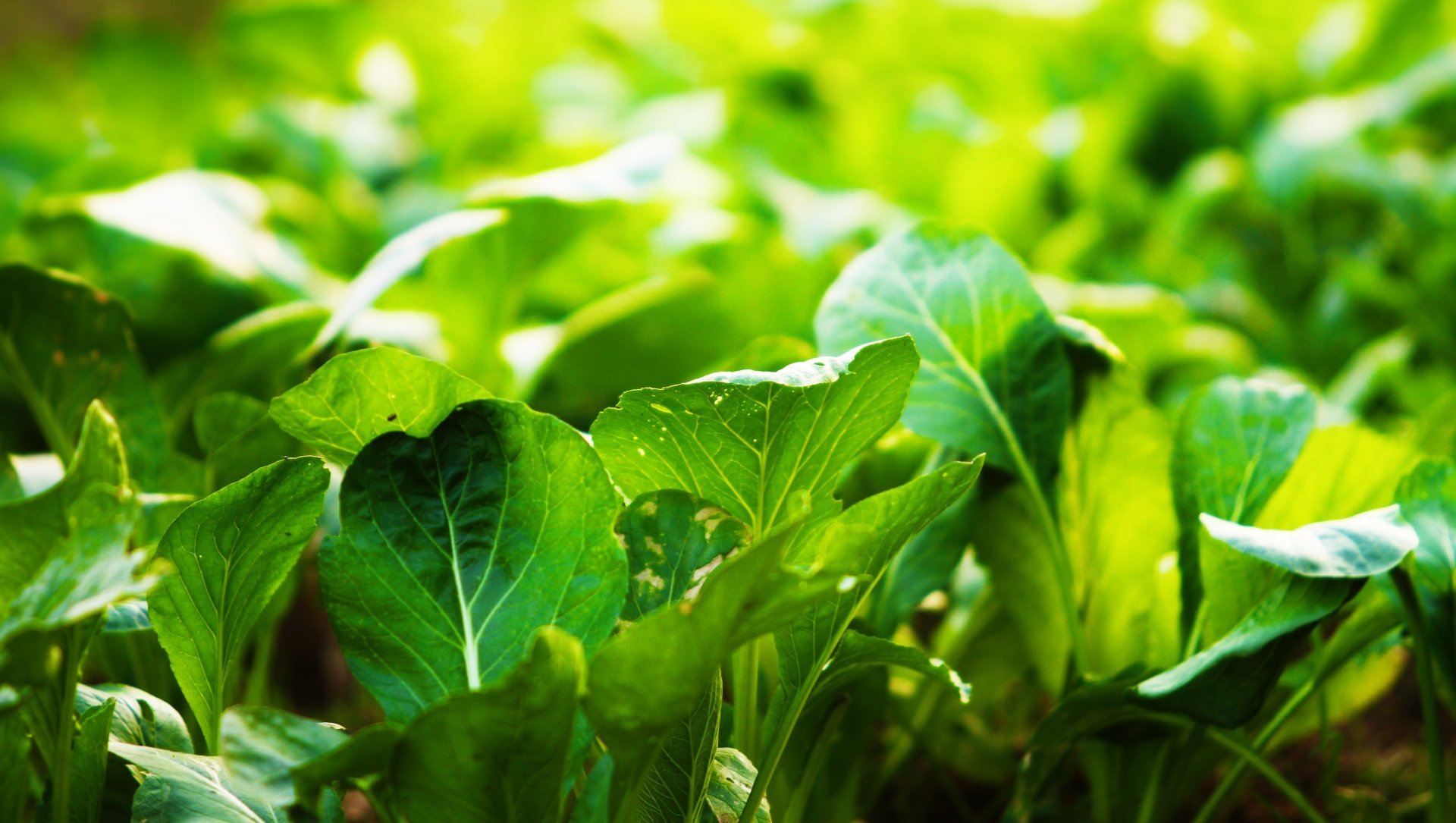
Table of Contents
Spinach, a leafy green vegetable scientifically called Spinacia oleracea, was a native plant of Southwest Asia. It was first cultivated in Persia, and from there, it was introduced to other countries like India and China through traders. It is rich in nutrients like vitamin A (improves vision), C (antioxidants), K1 (blood clotting), B9/ folic acid (tissue growth), iron and calcium (bones and nervous system).
In addition, it may contain potassium, magnesium and vitamins E, B9 and B6 as well. They can be eaten raw in a salad or cooked. These plants can grow in small spaces and can be harvested several times. Such a nutritious plant is also easy to grow at home, so why waste time? Let’s get started on growing spinach.
There are several varieties of spinach, and each one has its benefits, such as having a shorter growth time, the ability to be sown repeatedly, a larger length of leaves, can survive in hot weather and full sun, etc.
Variety of Spinach Suitable to Hot Weather
Indian Spinach (Basella alba) is a climber that grows well in hot temperatures. This is famously used in tasty Indian dishes, which have the term ‘palak’ in it as this means spinach.
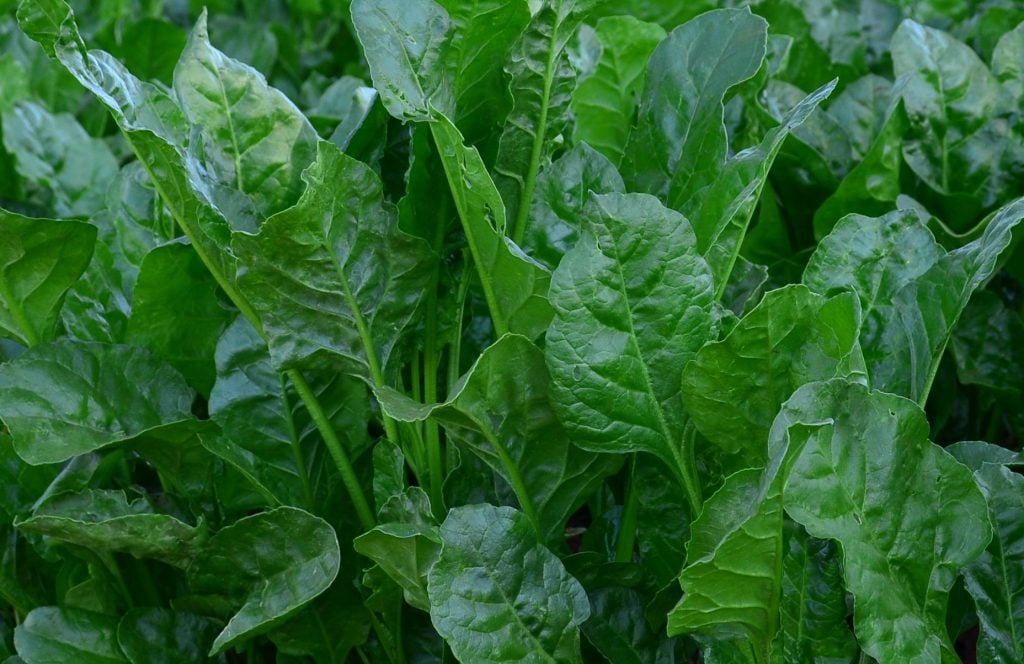
Tree spinach (Chenopodium giganteum) is a variety that looks striking because the leaves have a pink tint. It is great for cooking, and even after being cooked, it retains its beautiful shade. This should be eaten when it is young for better taste.
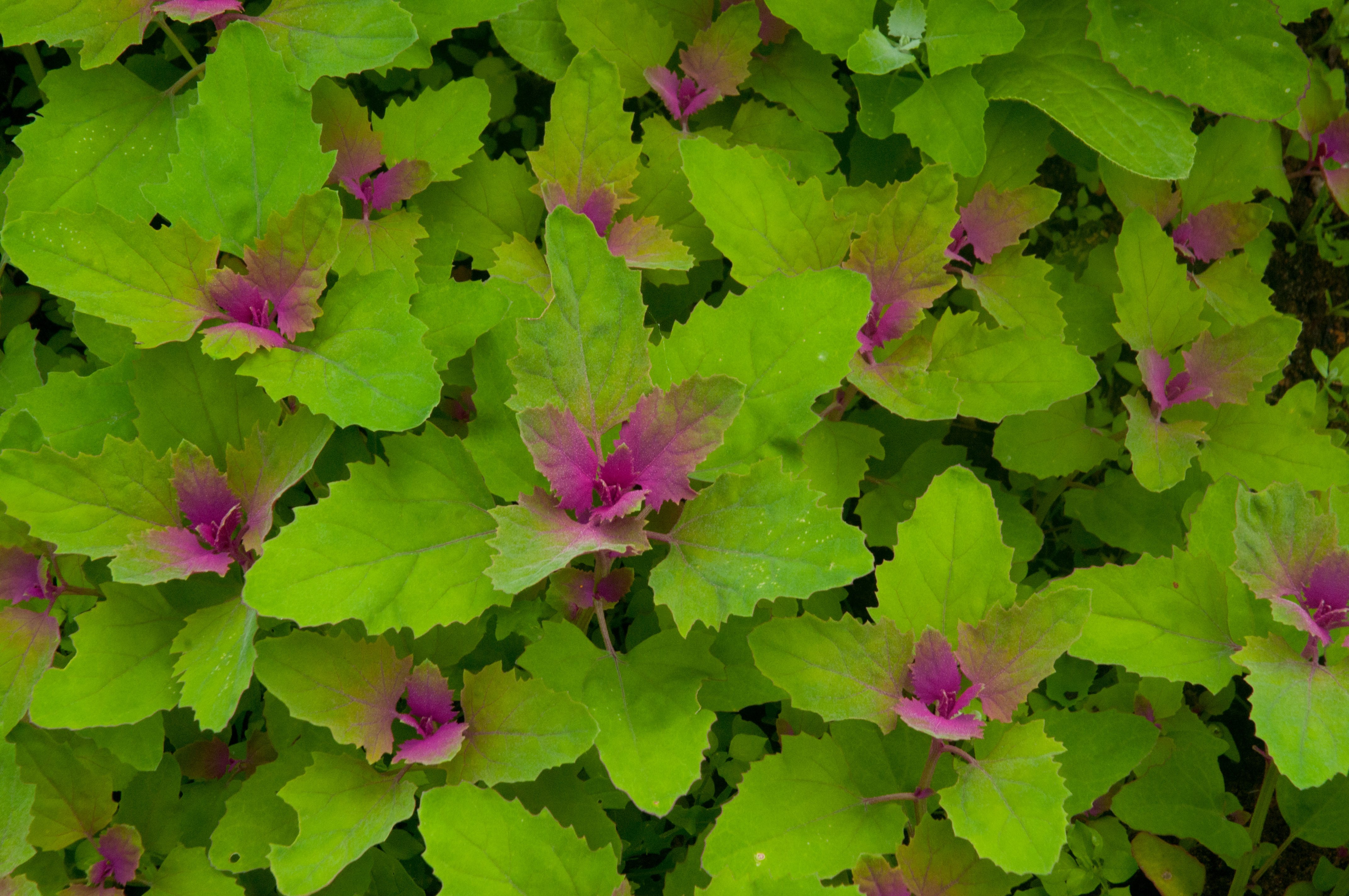
Red mountain spinach (Atriplex hortensis var. rubra) is also very attractive due to its deep red leaves, and these can also be cooked or eaten raw.
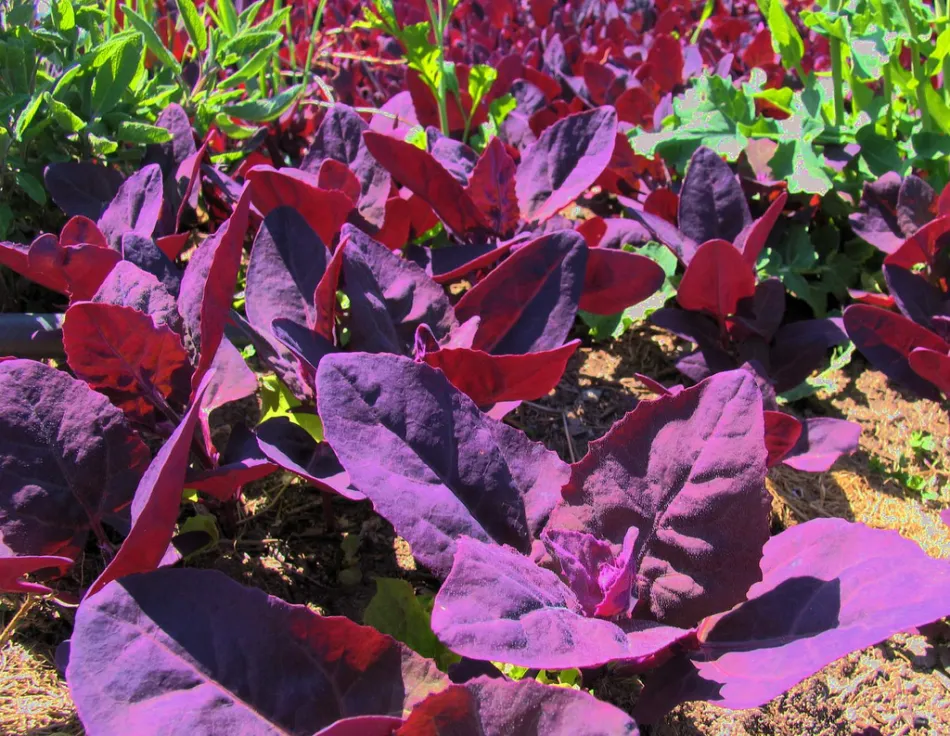
According to the United Kingdom’s Royal Horticultural Society, there are about 9 varieties that can grow well in different conditions. Choosing a variety from this would also be a great choice. They are mentioned along with their hardiness levels in the UK. Hardiness refers to how well a plant can grow in different conditions.
These varieties are Amazon (H2), Apollo (H2), Emilia (H2), Lazio (H2), Matador (H2), Medania (H2), Mikado (H5), Missouri (H2) and Renegade (H2).
Let’s Talk About the Conditions of Growing Spinach in The Uk
These plants can grow up to around 20 cm in spread and about 8 cm tall. In the United Kingdom, although different varieties can sustain different weathers and climates, most of them have similar requirements.
1. Temperature
Ideally, the temperature needs to be 15 – 20 degree Celsius, and this is because if this temperature changes, the flowering will happen quickly, and then it cannot be harvested anymore. You can grow them in shady places to prevent them from experiencing a wide range of temperatures. It is essential to water it regularly.
2. Soil
For spinach to grow well, it requires fertile soil rich in organic matter. This can be achieved by using compost or manure. The soil has to remain moist and drain well. Before planting, make sure to loosen the soil so that the taproot can grow well. The soil has to be nitrogen-rich also for ideal growth.
3. Grown in Pot/Garden
Although they might grow best in garden soil, they can also be grown in compact containers. However, once planted, they have to remain there, as transferring them to a different location might not work out well. The pot can be about 15 to 20 cm deep and needs to have a wide mouth as the spread of the plant is big. You can also use a garden or wooden box for planting them.
4. Protect them from…
In moist conditions especially, spinach is prone to attract snails and slugs. In addition, aphids (insects), downy mildew (a type of fungus), leaf miners (insects), spinach blight (virus) and white rust (fungus) are the common creatures that you have to protect your spinach from.
5. Let’s start sowing them!
The seeds needed to be planted about half to one inch deep in your garden or container. After that, make sure to cover them with half an inch of soil. The germination should happen within 5 to 10 days. Try to sow them in periods when it is neither too hot nor cold. Make sure to choose hardy ones if you know that the winter or summer in your region will be difficult for them to grow in.
In addition, grow them amidst taller plants like sweet corn so that your soil is utilized better, and these heat-sensitive plants will also get shade during summer. Strawberries, tomatoes, peas, lettuce, and nasturtium (a type of flower with a pungent smell that attracts pests to itself, thereby sacrificing itself to protect our spinach!) are great for growing along with spinach.
Make a Choice: Growing Spinach Indoors or Outdoors?
You can sow them either indoors or outdoors, but you have to pay special attention to the former type. You can plant in modules where you first sow them in small rows in a tray, and after they have germinated, they can be transplanted into bigger containers.
If you are sowing outdoors when it is too cold, then try to avoid it as much as possible. However, if it has to be planted at that time, make sure to plant them under a fleece which is a covering that will protect the plants from difficult weather conditions.
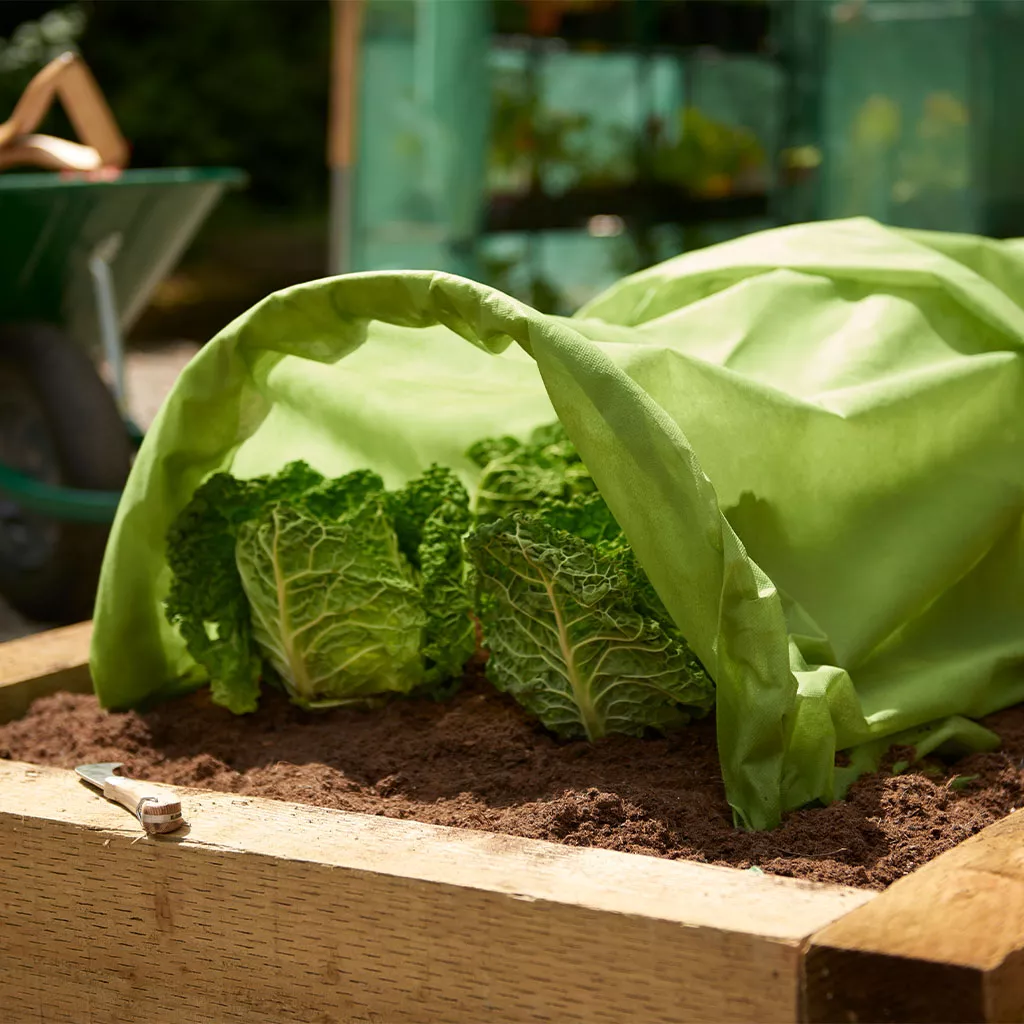
Plant them in rows with a space of 30 to 45 cm between them. Sow at regular intervals in batches to get a continuous harvest. Refer to the table to find out the ideal months for growing spinach in the UK.
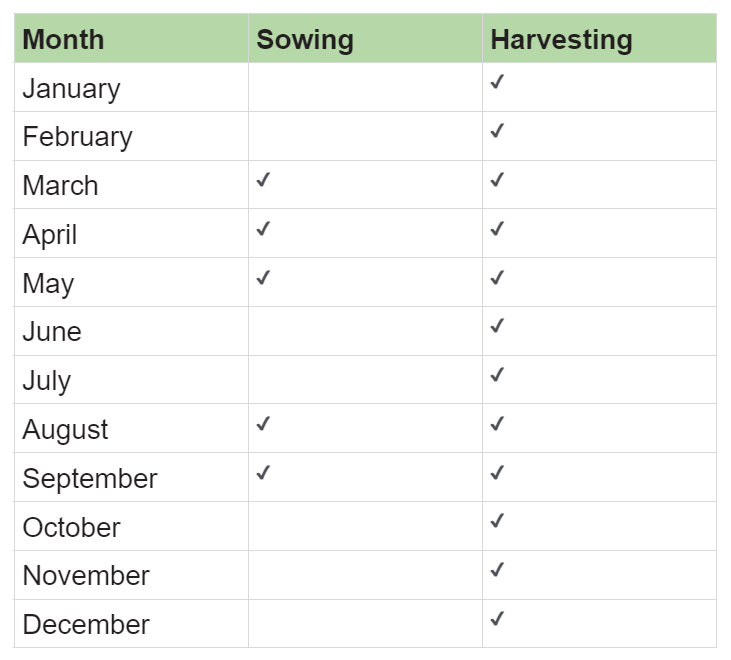
Pruning of Spinach
This involves cutting parts of the plant so that they can grow better. If spinach is overcrowded, then it will hinder its growth. The seedlings that have germinated and have at least 2 leaves, and have grown to a length of 2 inches must be thinned to around 7.5 cm to 10 cm.
This involves removing weaker seedlings and leaving space for healthy ones to grow. Even when harvesting or using these plants daily, ensure that you cut and utilize alternate plants. However, if you are growing them only till the baby leaves sprout, then there is no need for pruning.
You can generally cut about 2-3 cm above the base of the plant, and this will lead to the plant producing a new set of leaves. For around 3 to 4 weeks, the plants need to be allowed to grow so that they are ready for harvesting again.
How to Prevent Bolting of Spinach?
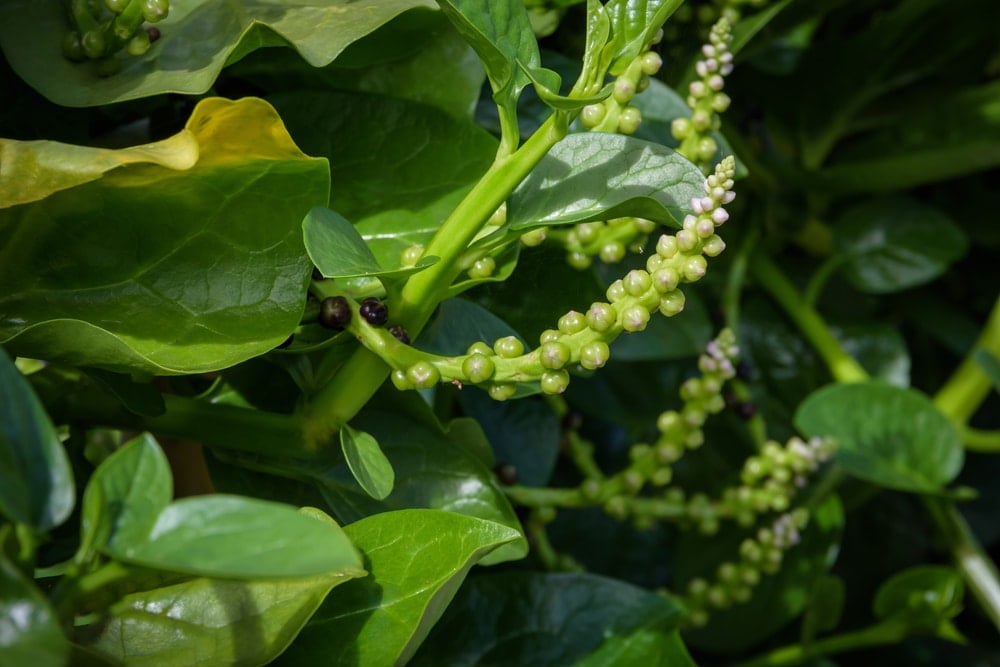
Bolting refers to immature flowering, which makes the spinach leaves bitter and non-consumable. You can either pull out the plant completely and start using it, or you can try to slow down bolting. This can be done by removing the flower or seed heads.
Since spinach is easily affected by too much water, it can lead to bolting. They don’t need to feed that much and so avoid fertilizing them often. Use nitrogen fertilizers only when you think your soil might have a nitrogen deficiency, as indicated by some of the leaves turning yellow.
1. Watering
The soil shouldn’t be allowed to dry, and therefore, constant watering might be required. Young plants, or the ones that have just germinated, might require a lot more water as they are prone to becoming dry. This is especially common if they are grown in containers. There is a high chance that the plants might either prematurely bolt (flower) or wilt. It is best to water early in the morning, and this way, the plants can be kept hydrated throughout the day. We should try to avoid watering in the evening or night as it might lead to the dampening of the soil. This can lead to fungal infections or attract snails or slugs.
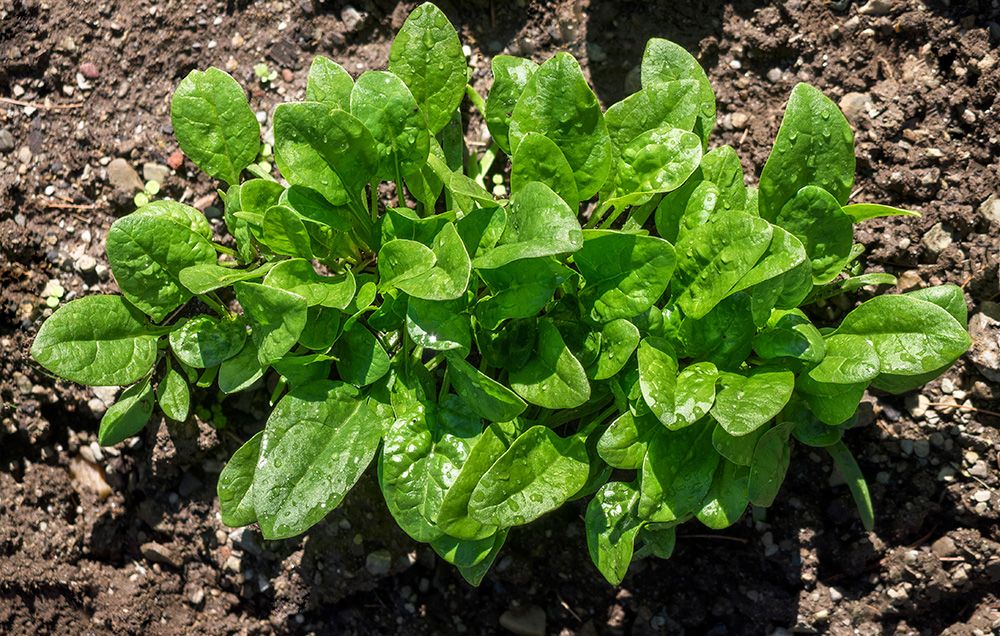
2. Mulching
Mulch refers to a layer of substances that are added to the soil. This will help to prevent moisture loss while improving the quality of the soil. Organic mulches can include leaves, bark, vegetable and fruit clippings, compost, etc. Inorganic mulches can be rocks, pebbles, gravel, plastic sheets or rubber mulch. The advantage of inorganic mulches is that they will not decompose like organic mulches. For spinach plants, adding a thick layer of mulch would help to prevent moisture loss and keep the soil moist. Organic mulches would be better suited for these leafy plants.
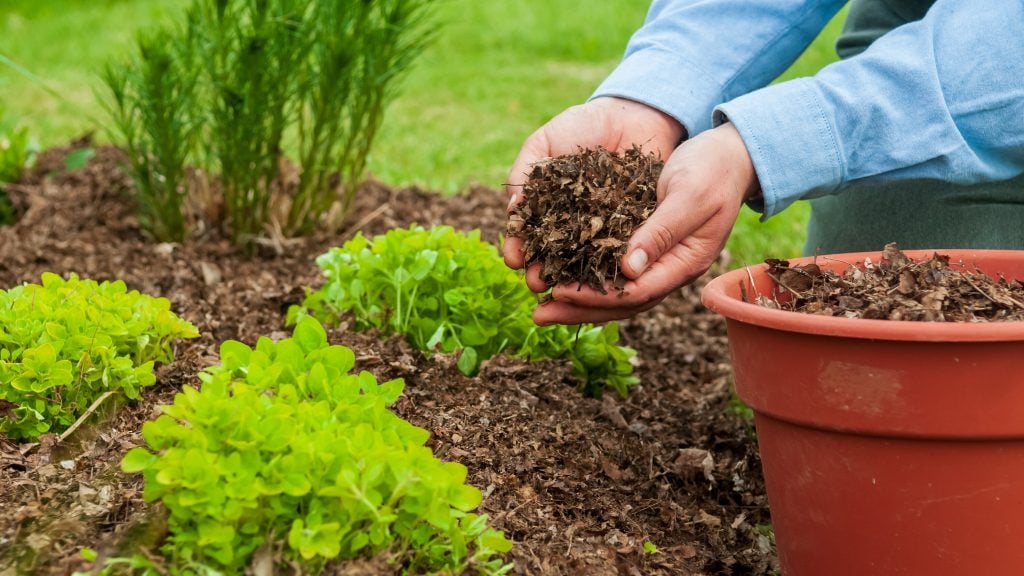
3. Weeding
Since young spinach seedlings require a lot of nourishment and water, and so if weeds also grow along with it, there might be a nutritional deficiency. They have to compete with these weeds for air, water, sunlight and resources such as nitrogen and nutrients. If there is an overgrowth of weeds, it can act as a place for pests to hide and grow.
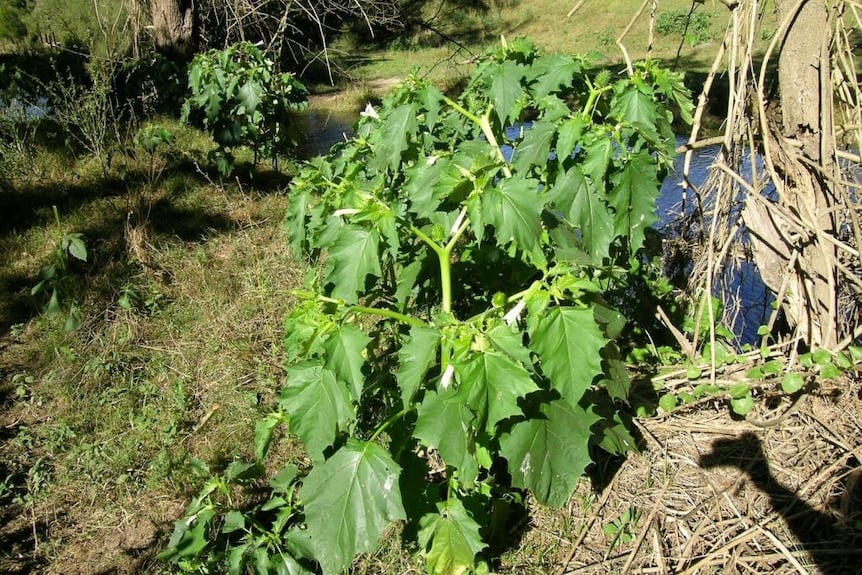
4. Flowering
In spinach, there might be a flower that rests upon a tall stem and at this point, the plant will not produce any more leaves. Or even if it does, the leaves will be bitter. When the days begin to lengthen during spring (when the day lasts for more than 14 hours), the plant reacts by producing flowers and seeds. It is better to remove the plant altogether once they start flowering, as it will eventually stop producing leaves. If you are planting in a container, since there is less space for the plants to grow, make sure to water frequently as it can dry out easily.
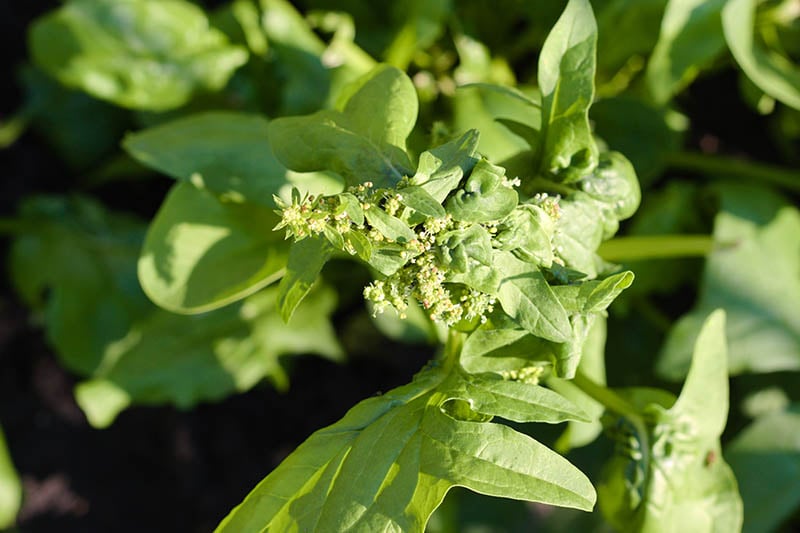
How Can We Harvest Delicious Spinach?
We can pick the small baby leaves as early as a month and the mature leaves we can start picking in around 2 months. You can follow the cut-and-come-again method, where you take off a few eaves every month from alternate plants and do this until it starts flowering.
Another method is used where the full plant can be harvested after a couple of months before it starts to flower. If you are cooking spinach dishes, make sure to harvest a lot of spinach because the volume reduces a lot during cooking! The taste is best after you have freshly picked it. You can store it in the refrigerator in plastic bags or air-tight containers, and this way, they can remain fresh for a couple more days!
Shall We Start Planting and Growing Spinach?
Spinach, a fibre-packed leafy vegetable which also has a ton of nutrients, has amazing health benefits. Several varieties can be grown as they all have different hardiness levels. It is best to choose a variety with a higher hardiness level if you are just starting with gardening.
The best soil type, how to water and prune leaves, and how to sow and harvest in different seasons are mentioned for you to make better decisions. If you know any tips for growing spinach in the UK better, let us know.
Now that you have the necessary information, let’s start planting, shall we?
Frequently Asked Questions
What Are Common Spinach Varieties that Can Be Grown?
Several varieties can be grown, and which one is chosen depends on the convenience or preference of the gardener. E.g., Indian, Tree or red mountain spinach, as they can withstand hotter weather conditions. Royal Horticultural Society UK rated about 9 varieties that might grow well in different conditions, and these can be explored as well.
Why Should I Grow Spinach?
Spinach is a leafy vegetable that is full of nutrients like vitamins A, C, K1, E, B9 and B6. It is also rich in calcium, iron, potassium, magnesium, etc. In addition, it is easy to grow, and even if you just plant once, under the right conditions, each spinach plant can produce leaves several times.
What Are Important Things to Keep in Mind While Growing Spinach in the UK?
The soil type matters a lot because it has to be kept moist and should be protected from snails, slugs, etc. The weather conditions have to be considered as well because spinach grows in cold weather, and in hot conditions, it might start flowering early on and cannot be harvested anymore. It has to be watered at regular intervals and might be best suited to grow on highly fertile garden soil rather than containers. However, with proper care, it can be grown in containers as well.

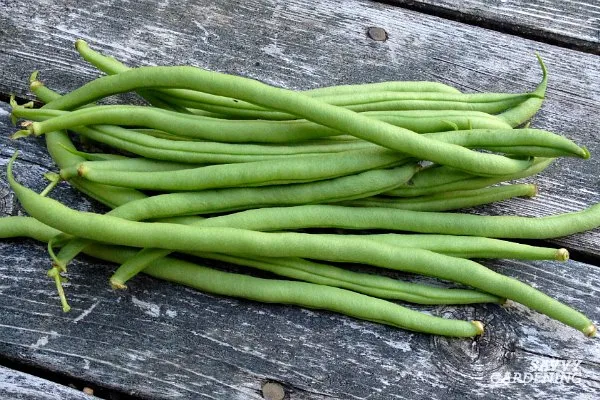
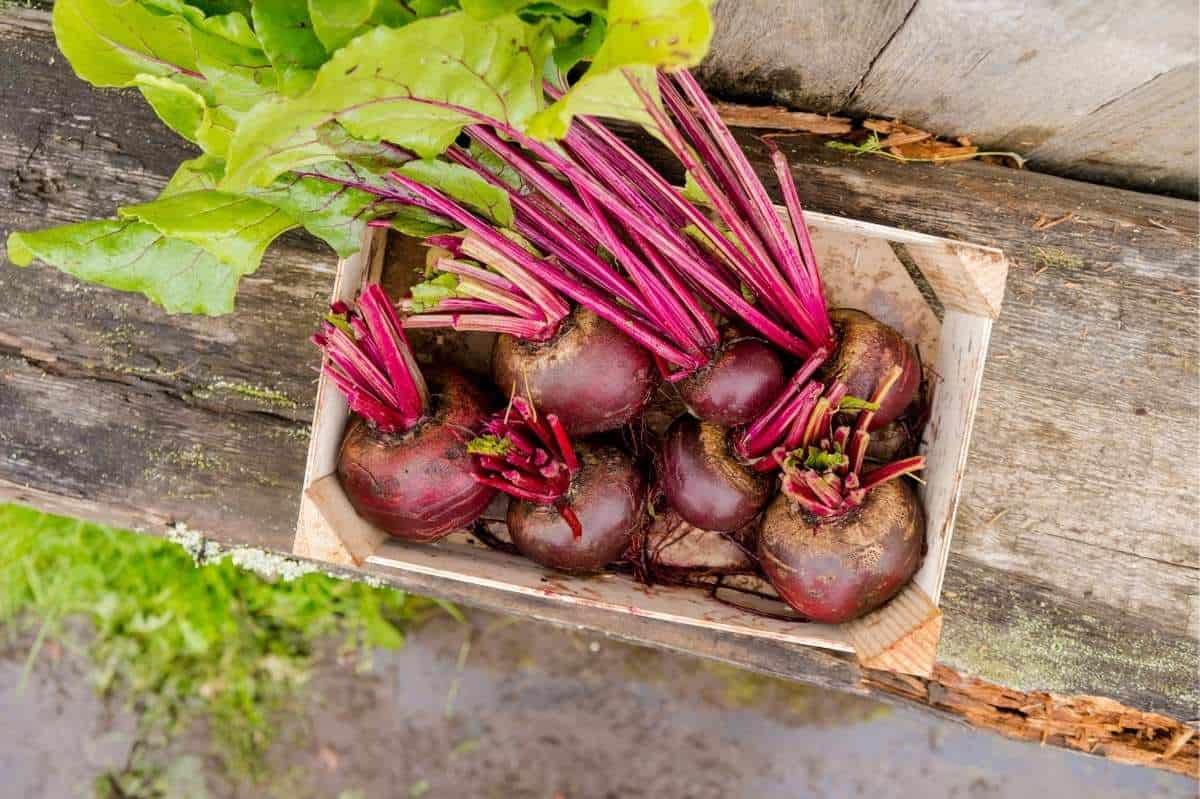
![Harvesting Gooseberries: How and When To Pick Gooseberries [UK]](https://staging.thearches.co.uk/wp-content/uploads/When-Are-Gooseberries-Ready-To-Pick.jpg)
